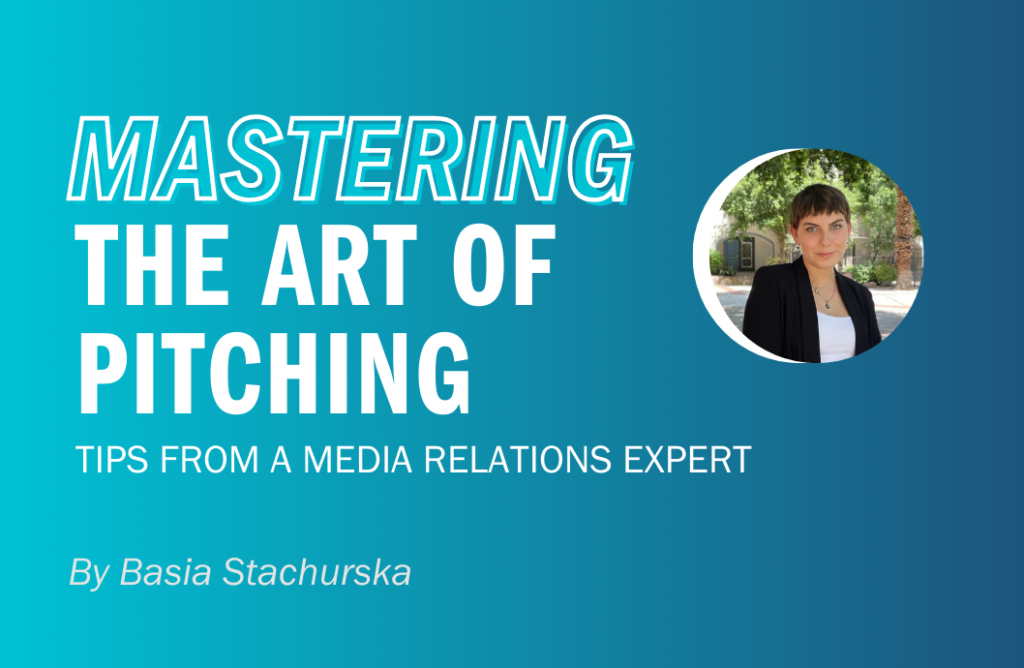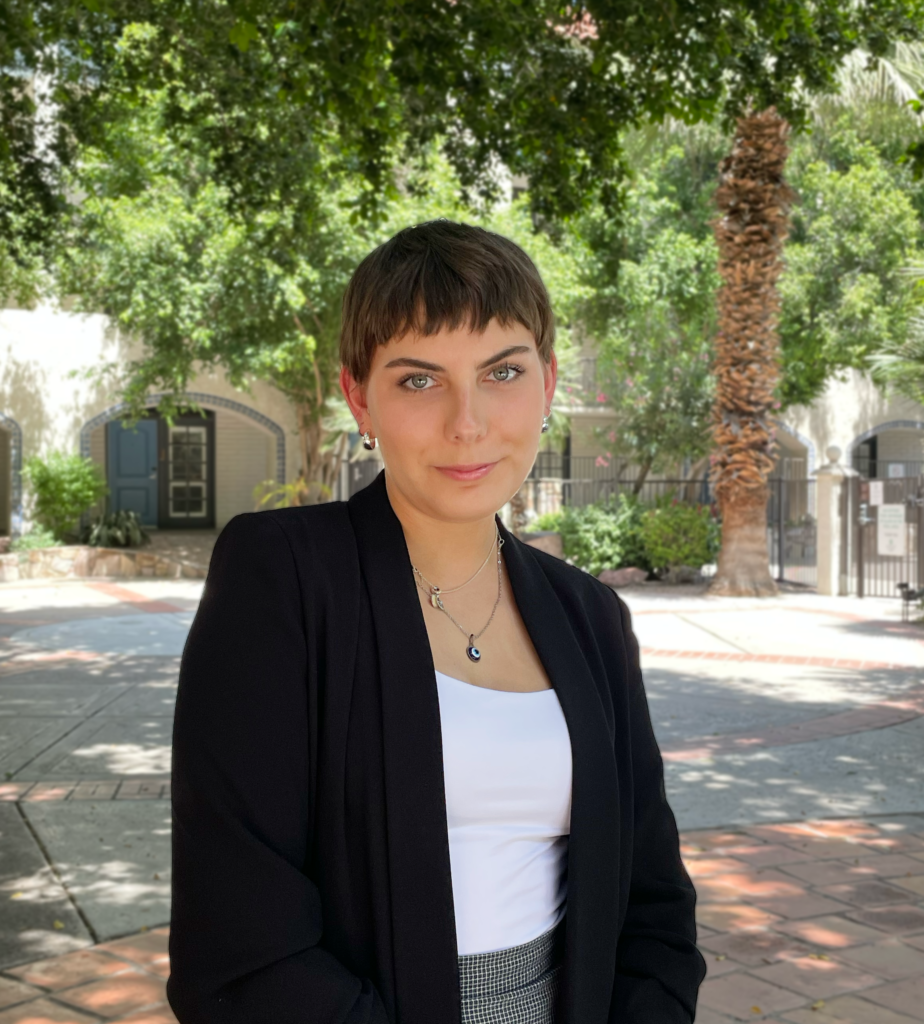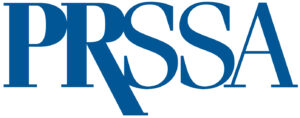Mastering the Art of Pitching – Tips From a Media Relations Expert

As we delve into the world of PR, we inevitably get introduced to media relations. As interns, we’re often asked to create media lists and prepare press materials. Later we do pitches and outreach to journalists or reporters. Media relations is an indispensable part of PR and while to some this might come naturally, pitching is a skill. Developing relationships with journalists and getting coverage for your clients are also skills. And not ones that you learn overnight.
I interviewed Nick Hennen, a media relations expert and current senior media strategist for Motley Rice, one of the nation’s largest plaintiffs’ litigation law firms. With a background in journalism, Hennen’s passion for stories and how they change our lives finally led him to pursue a career in PR, specifically media relations. Now, with over 20 years of experience, he shares some of his insights about working with the media.
Every week, Hennen calls 150-200 journalists or reporters. You read it right. Not emails, calls. “One phone call in our industry is worth about a thousand emails,” said Hennen and highlighted the value of personal phone outreach. He shared a story from a previous job in the health and science industry where during a campaign for an FDA drug approval, another member of the team insisted on doing a broad pitch by batch. He got one reply. Hennen, by doing individual pitching and reaching out to his connections, garnered an over 90% response rate and reached all of the KPIs.
Equally to making connections, it’s important to keep them. People often change paths, careers and you never know how you might reconnect and help each other in the future. Building professional relationships is not only about adding hundreds of people on LinkedIn or introducing yourself to dozens of professionals. It’s about truly getting to know people and building mutual relationships. Hennen also underlined that if you’re a young PR professional starting to work with journalists, you should remember to introduce yourself the first time you communicate with them.
Then, as you start to pitch, think about what you would like to see in your inbox. Put yourself in the shoes of the reporter! Would you read the one-page pitch you just sent? Keep it short and simple, and go straight to the point. Hennen highlighted personalizing and truly taking the time to get to know journalists and what they need because “number one complaint that journalists have is pitching about things they don’t write about.”
Honest and ernest are words that kept coming up in our conversation as I asked about principles of effective media relations, pitching tips and advice on getting started as a young professional.
We also talked about the importance of keeping up with the news. As we work in the media it’s important to know the latest stories and understand why and how they’re being told, and how we can relate our work to it. Hennen watches all the main stations early in the morning, “By 7 am I can tell you all the stories that will be in the news later in the evening.”
As we know the media landscape is constantly evolving to work with it, we have to understand it and the recent changes, as well as what it looks like from the journalists’ perspectives. Hennen noted how he notices the changing outlook on news and modes of communication, as well as how recently journalists often burn out.
While all of this pitching and constantly staying on top of the news may seem like a lot, some (or hopefully most of our readers) see the value in it. For Hennen, media relations is a way to unlock stories as to what matters in the world and why it matters. As PR professionals we’re able to contribute to the sharing of those stories and influence the world around us. But before we all get to pitching, some final tips:
- Don’t overhype – reporters will start to ignore you!
- Double, triple and quadruple check – make sure each name is written correctly.
- Keep your messages simple and short.
- Understand reporters and what they need (and show it to them by referencing their body of work).
Barbara “Basia” Stachurska is the PRSSA National vice president of brand engagement for the 2023-2024 term. She’s a senior at Emerson College pursuing a Bachelor of Science in public relations with a psychology minor. Originally from Warsaw, Poland, she joined PRSSA right after moving to Boston in 2021. She moved from a member, to historian and social media chair at the Emerson Chapter, before joining the National Committee. She aspires to work in the arts and entertainment industry after graduation. Beyond her interest in communication and media, she is passionate about education, sustainability and new technologies, in addition to collaborating with multiple nonprofit organizations focusing on those areas.

